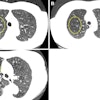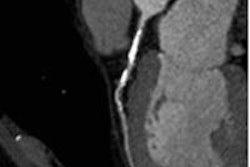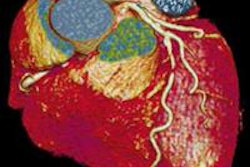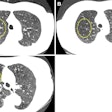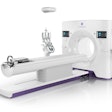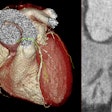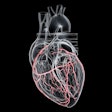Dear Cardiac Insider,
Move over, fractional flow reserve CT. The third CT-based technique for determining coronary stenosis severity developed in as many years is standing right behind you.
A new noninvasive technique that compares CT attenuation in two different regions of the heart shows excellent correlation with MRI. You can learn about the latest technique for improving CT's predictive power for determining flow-limiting stenosis here.
In any case, those chest pains might not be flow-limiting coronary artery disease by any measure: They might be all in the patient's head, though often as stubborn and sometimes as dangerous as the real thing, according to another study published this week in Open Heart.
Researchers from the University of Dresden looked at the phenomenon of patients with symptoms of stenosis but no angiographic findings of heart disease. In the process, they uncovered fascinating information about the link between cardiac and mental symptoms. But lacking a physiological basis for chest pain doesn't mean the disease isn't real. Psychological disorders such as depression and post-traumatic stress disorder have long been thought to increase cardiovascular mortality. Click here to read more.
In a few short years, cardiac imaging has put itself at the center of cardiac care, according to a new article from the recent Journées Françaises de Radiologie in Paris. Technical improvements in speed and resolution ensure that it's not going back again. A high negative predictive value for ruling out disease is the key to cardiac CT's utility, and new scan protocols can rule out several possibilities at once. Needed most critically are more clinicians who can read the scans, and for MRI, a stable supply of technetium, according to the article.
Spain hosted the 2014 European Society of Cardiology meeting in Barcelona, where researchers compared the prognostic value of coronary CT angiography with that of the coronary calcium score. The results weren't even close, according to an article you'll find here.
Finally, a large number of stillbirths continue to go unexamined -- often owing to the difficulty of obtaining consent from distraught and busy parents. But imaging can help because it's less invasive than conventional autopsy and often less objectionable. Cardiac abnormalities are frequently the cause of death, in a story you'll find here.
Stay close to the heart of imaging right here in your Cardiac Imaging Digital Community, where we invite you to scroll through the links below.


